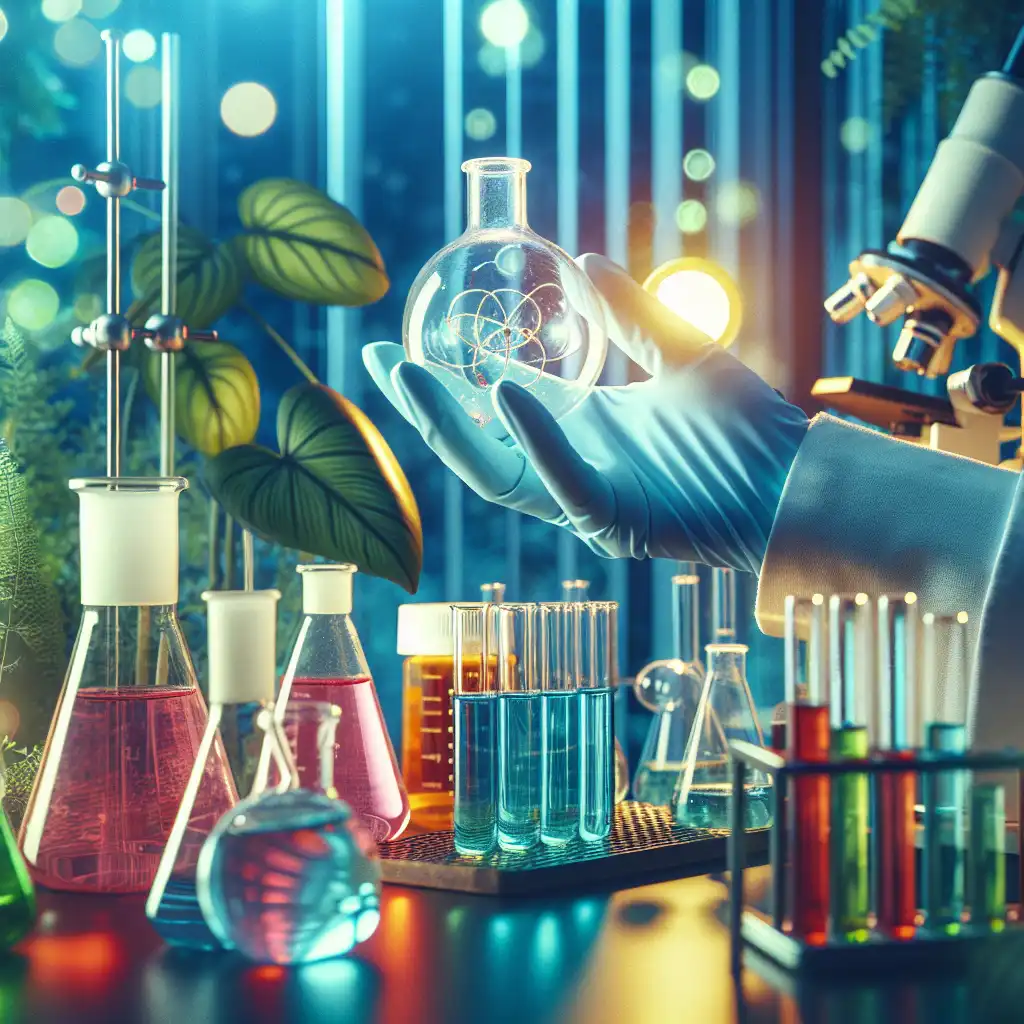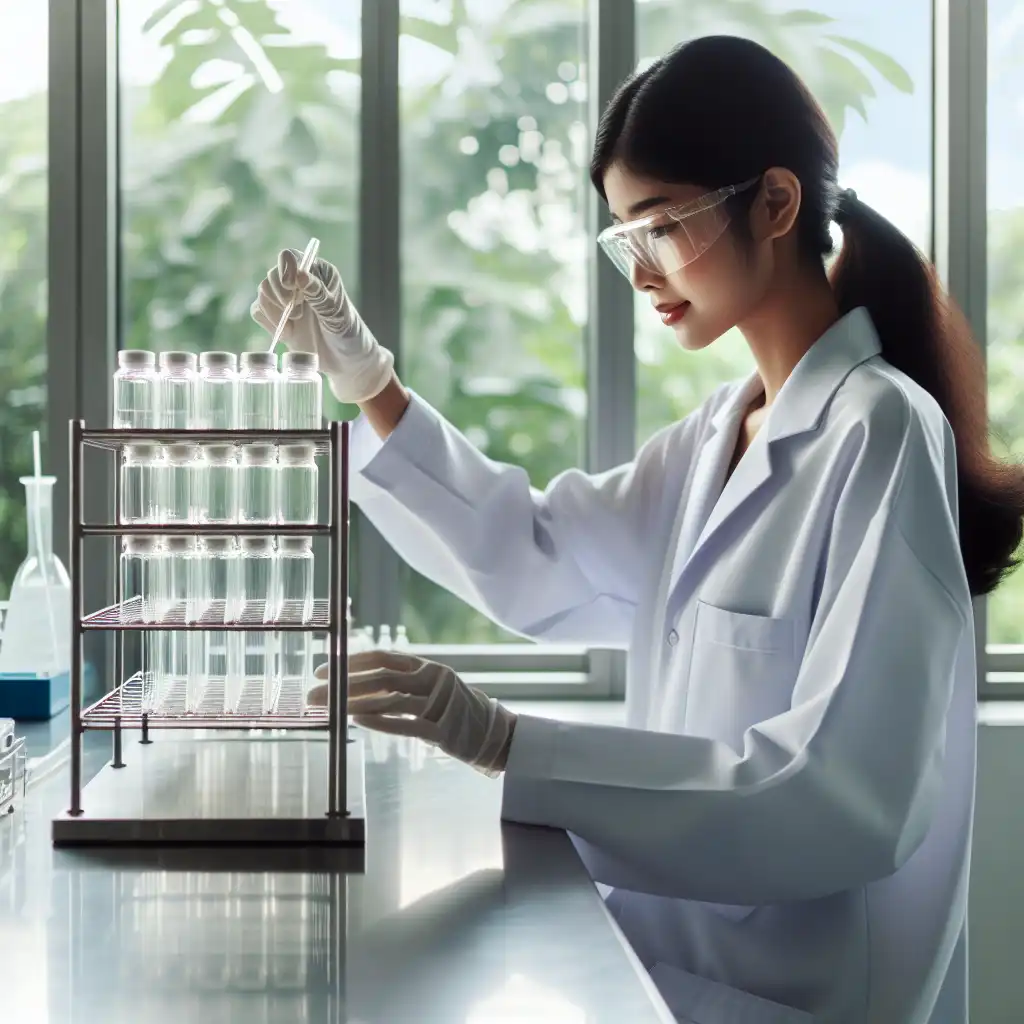
Flask
Scientific Usage
The term 'flask' is commonly used in scientific contexts, particularly in chemistry.  The scientist swirled the blue liquid in the flask carefully.
The scientist swirled the blue liquid in the flask carefully.
Shape Specific
In a lab, flasks have distinct shapes, like the Erlenmeyer flask, which is conical.  Please grab that conical flask for our experiment.
Please grab that conical flask for our experiment.
Not Always Glass
While often made of glass, flasks can also be plastic or metal in laboratories.  He labeled the plastic flasks before starting.
He labeled the plastic flasks before starting.